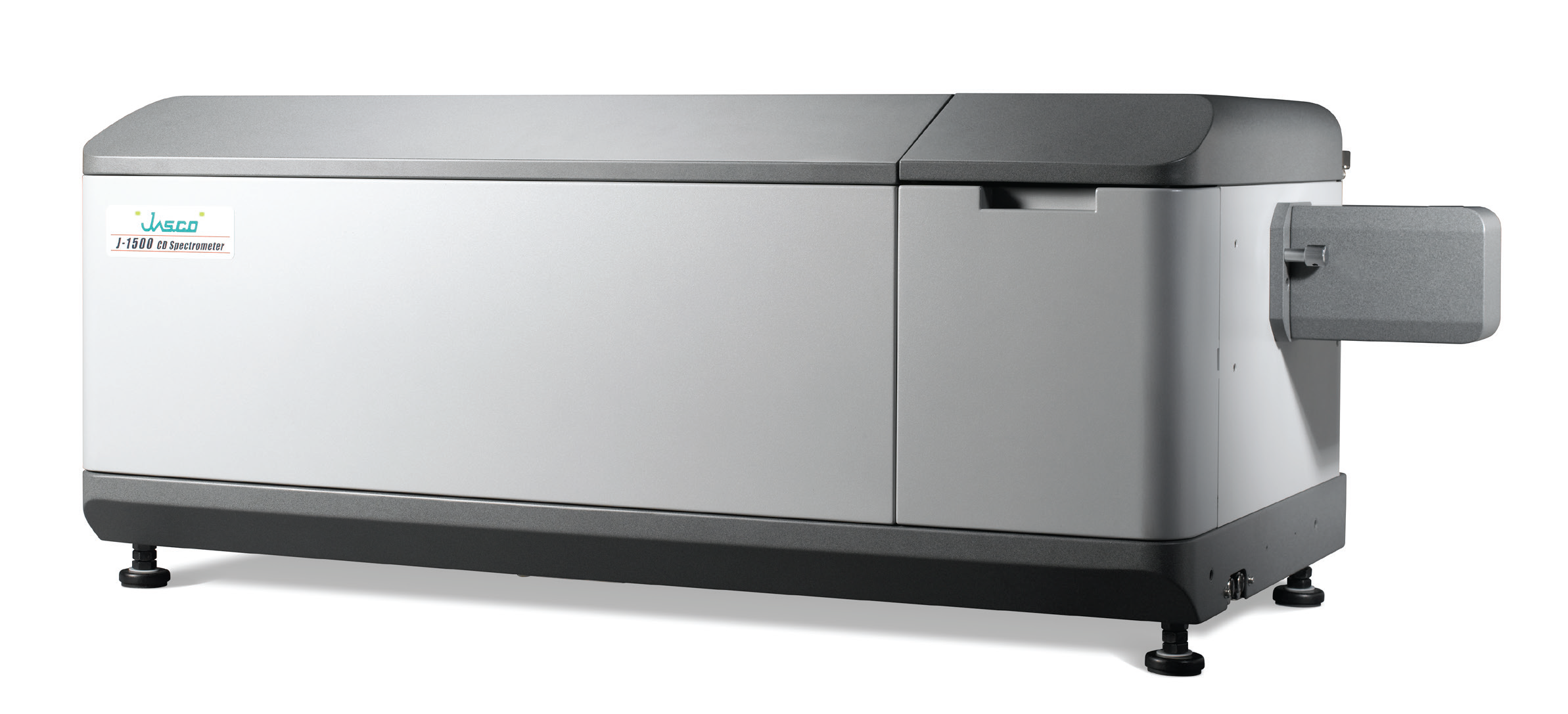Higher-order structure analysis of high concentration monoclonal antibody by CD and IR spectroscopy

Therapeutic antibodies have been dramatically expanding their market over the past decade and become one of the major therapeutic proteins. Among different physical properties of therapeutic antibodies, higher-order structure (HOS) is an integral part of their characterization.
One of the most well-known methods for HOS characterization is circular dichroism (CD) spectroscopy. It provides both secondary and tertiary structure information of relatively low-concentrated protein solution (< ≈10 mg/mL). Infrared (IR) spectroscopy is also a widely used method to analyze the secondary structure of proteins. It can measure not only high-concentrated protein solutions (100 mg/mL or higher), but also suspensions and solids. As different techniques for HOS analysis exist, orthogonal method using more than one technique has been suggested for full characterization of HOS.
In this study, Jasco estimated the secondary structure contents of rabbit serum IgG at concentrations of 5.8 to 23.1 mg/mL from its far-UV CD and IR spectrum. For CD secondary structure analysis (SSE), they used the J-1500 CD spectrometer which can measure CD and absorption simultaneously, and the BeStSel algorithm which shows high accuracy of β-sheet estimation. For IR SSE, they used their latest FTIR spectrometer, FT/IR-4X and their improved IR SSE software, IR SSE-4000. They also succeeded in acquiring near-UV CD spectrum of 5.8 to 156.2 mg/mL of IgG by selecting appropriate pathlengths for each concentration.
